| [1] | B. Wilson, “Recent developments in current conveyors and current-mode circuits”, IEE Proc. Circuits Devices Systems, vol. 137, No. 2, pp. 63–77, 1990. |
| [2] | H. Q. Elwan and A. M. Soliman, “Novel CMOS differential voltage current conveyor and its applications”, IEE Proc. Circuits Devices Systems, vol. 144, No. 3, pp. 195-200. 1997. |
| [3] | C. Toumazou, F. J. Lidgey and D. G. Haigh, “Analogue IC Design: The Current-Mode Approach”, IEE, York, UK, 1998. |
| [4] | S. Yan and E. S. Sinecio, “Low voltage analog circuit design techniques: A tutorial,” IEICE Trans. Analog Integrated Circuits and Systems, vol. E00–A, pp. 1-17, 2000. |
| [5] | H. Elwan, H. Alzaher, and M. Ismail, “A new generation of global wireless compatibility,” IEEE Circuits and Devices Magazine, vol. 17, No.1, pp. 2-19, 2001. |
| [6] | S. A. Mahmoud, M. A. Hashiesh, and A. M. Soliman, “Low voltage digitally controlled fully differential current conveyor,” IEEE Transactions on Circuits and Systems-II, vol. 52, pp. 2055-2064, 2005. |
| [7] | I. A. Khan, M. R. Khan, and N. Afzal, “Digitally programmable multifunctional current mode filter using CCIIs,” Journal of Active and Passive Electronic Devices, vol. 1, pp. 213-220, 2006. |
| [8] | T. M. Hassan and S. A. Mahmoud, “Low voltage digitally programmable band pass filter with independent control,” in IEEE Int Conference on Signal Processing and Communications (ICSPC 2007), Dubai, UAE, pp. 24-27, 2007. |
| [9] | T. M. Hassan and S. A. Mahmoud, “Fully programmable universal filter with independent gain-ω0-Q control based on new digitally programmable CMOS CCII,” Journal of Circuits, Systems, and Computers, vol. 18, No.5, pp. 875–897, 2009. |
| [10] | P. Beg, I. A. Khan, S. Maheshwari, and M. A. Siddiqi, “Digitally programmable fully differential filter,” Radioengineering, vol. 20, No.4, pp. 917-925, 2011. |
| [11] | I. A. Khan and A. M. Nahhas, “Reconfigurable voltage mode first order multifunctional filter using single low voltage digitally controlled CMOS CCII”, International J. Computer Applications, Vol. 45, No. 5, pp. 37-40, 2012. |
| [12] | I. A. Khan and A. M. Nahhas, “Current mode programmable analog modules using low voltage digitally controlled CMOS CCII”, International J. Computer Applications, vol. 48, No. 4, pp. 38-44, 2012. |
| [13] | I. A. Khan and A. M. Nahhas, “Reconfigurable voltage mode phase shifter using low voltage digitally controlled CMOS CCII”, Electrical and Electronic Engineering, vol. 2, No. 4, pp. 226-229, 2012. |
| [14] | A. M. Nahhas, “Reconfigurable current mode programmable multifunctional filter”, International J. on Recent Trends in Engineering and Technology, vol. 7, No. 2, pp. 88-91, 2012. |
| [15] | M. Z. Khan and M. S. Ansari, Digitally programmable voltage mode universal biquadratic filter, International J. Computer Applications, vol. 54, No. 16, pp. 26-31, 2012. |
| [16] | P. Beg, S. Maheshwari and M. A. Siddiqi, “Digitallycontrolled fully differential voltage- and transadmittance-mode biquadratic filter”, IET Circuits, Devices and Systems (To appear, 2013). |
| [17] | I. A. Khan and S. Maheshwari, “Simple first order all-pass section using a single CCII, International Journal of Electronics, vol. 87, No. 3, pp. 303-306, 2000. |
| [18] | I. A. Khan and M. H. Zaidi, “Multifunctional translinear-C current-mode filter,” International Journal of Electronics, vol.87, (9), pp. 1047-1051, 2000. |
| [19] | T. Tsukutani, Y. Y. Sumi, and N. Yabuki, “Versatile current-mode biquadratic circuit using only plus type CCCIIs and grounded capacitors,” International Journal of Electronics, vol. 94, No.12, pp. 1147-1156, 2007. |
| [20] | T. Tsukutani, Y. Sumi, S. Iwanari, and Y. Fukui, “Novel current-mode biquad using MO-CCCIIs and grounded capacitors,” in International Symposium on Intelligent Signal Processing and Communication Systems, 2005, pp. 433-43. |
| [21] | S. A. Mahmoud and E. A. Soliman, “Low voltage current conveyor based field programmable analog array”, Journal of Circuits, Systems, and Computers, vol. 20, No. 8, pp. 1677-1701, 2011. |
| [22] | T. L Floyd, “Electronic Devices Conventional Current Version”, Ninth Edition, Pearson, 2012. |
| [23] | http://www.anadigm.com-dynamically programmable Analog Signal Processor or Field Programmable Analog Array. |

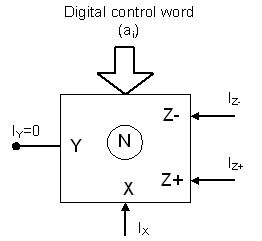


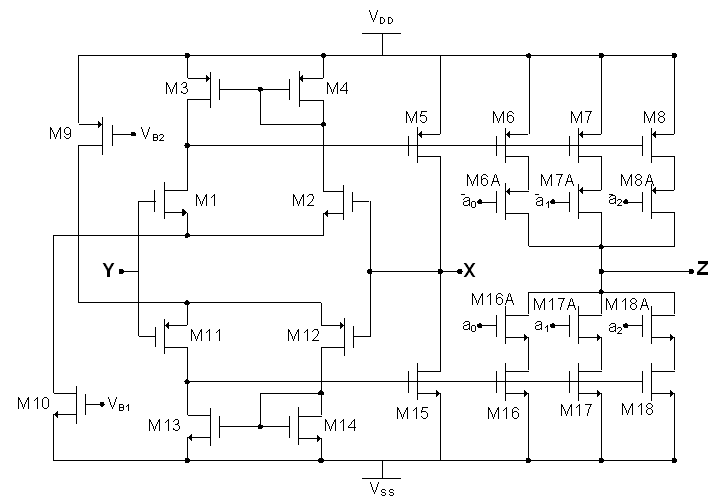
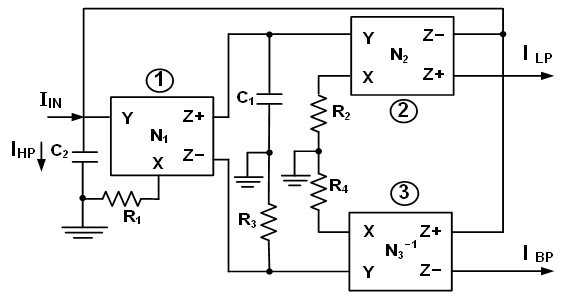






















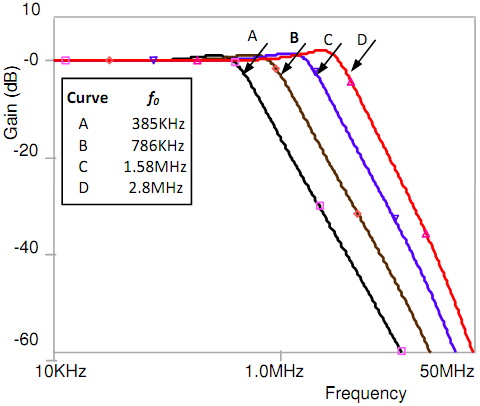
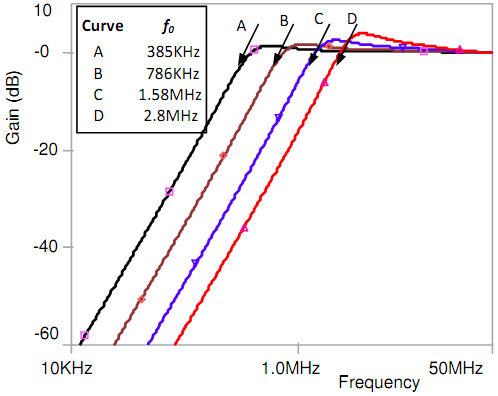
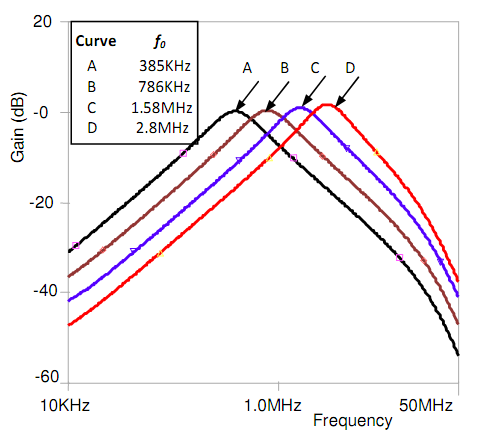
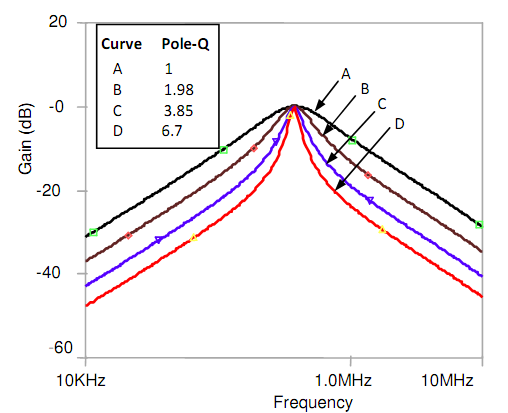
 Abstract
Abstract Reference
Reference Full-Text PDF
Full-Text PDF Full-text HTML
Full-text HTML